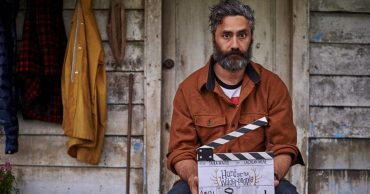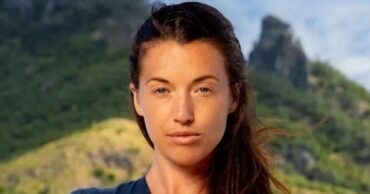A 69-year-old man from Austin, Texas, Scott Sims, tragically lost his life while hiking in Grand Canyon National Park during an intense heatwave. Sims was on his way to Phantom Ranch for an overnight stay via the South Kaibab Trail when he collapsed. The incident occurred around 7 p.m. Saturday, halfway between Silver Bridge and Black Bridge on the River Trail near Phantom Ranch. Bystanders attempted CPR and resuscitation efforts but were unable to revive him.
Three park service paramedics from Phantom Ranch responded to the emergency. Despite their best efforts, including continued CPR, Sims could not be saved. The Coconino County Medical Examiner and the National Park Service (NPS) are currently investigating the incident and the exact cause of death.
Extreme Temperatures Endanger Hikers
 Follow Us
Follow Us





